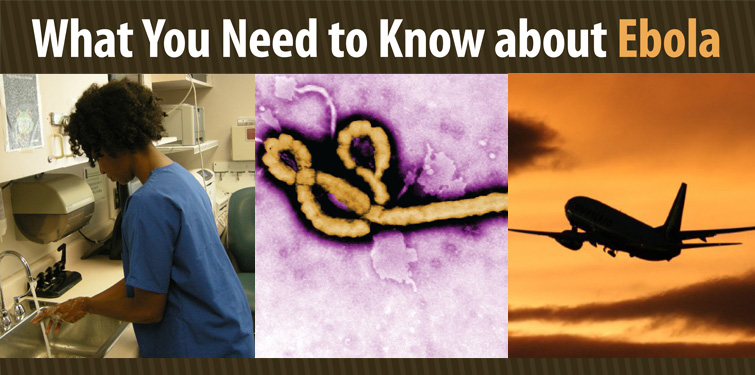|
We have received several calls from our clients on how to handle the current Ebola situation and what Ebola resources are available. Ebola is a disease caused by the Ebola virus that can lead to severe and often fatal disease in humans and some animals that become infected. Ebola virus is spread through direct contact with blood and body fluids of a person who is infected with Ebola and has symptoms, or who has died from Ebola.
According to Texas Department of State Health Services (DSHS), the U.S. Department of Health and Human Services (DHHS) Centers for Disease Control and Prevention (CDC) and Office of the Assistant Secretary for Preparedness and Response (ASPR), in addition to other federal, state, and local partners, aim to increase understanding of Ebola and encourage U.S.-based EMS agencies and systems to prepare for managing patients with Ebola and other infectious diseases. Every EMS agency and system, including those that provide non-emergency and/or inter-facility transport, should ensure that their personnel can detect a person under investigation (PUI) for Ebola, protect themselves so they can safely care for the patient, and respond in a coordinated fashion. Many of the signs and symptoms of Ebola are non-specific and similar to those of other common infectious diseases such as malaria, which is commonly seen in West Africa. Transmission of Ebola can be prevented by using appropriate infection control measures. EMS agencies, in conjunction with their medical directors, should review infection control policies and procedures and incorporate plans for administrative, environmental, and communication measures. For complete information on what you and your organization need to do, visit the DSHS Ebola Resources Website or the CDC Ebola Resources website. For additional questions or concerns, please contact DSHS or CDC.
0 Comments
Leave a Reply. |
|
|
© 2024 WinStar Insurance Group
13625 Ronald W. Reagan Blvd. Building 3, Suite 100 Cedar Park, Texas 78613 (512) 448-9928 [email protected] |
Home | About Us | Insurance | Training | Life & Health | Resources | Claims | News | Contact Us | Mission & Values | Privacy Statement
|
IMPORTANT NOTE: This Web site provides only a simplified description of coverages and is not a statement of contract. Coverage may not apply in all states. For complete details of coverages, conditions, limits and losses not covered, be sure to read the policy, including all endorsements, or prospectus, if applicable. Coverage CANNOT be bound, amended, or altered by leaving a message on, or relying upon, information in this Website or through E-Mail.
Licensed & doing business in the following states only: Texas, Oklahoma, New Mexico, Arkansas, & Mississippi
Licensed & doing business in the following states only: Texas, Oklahoma, New Mexico, Arkansas, & Mississippi





